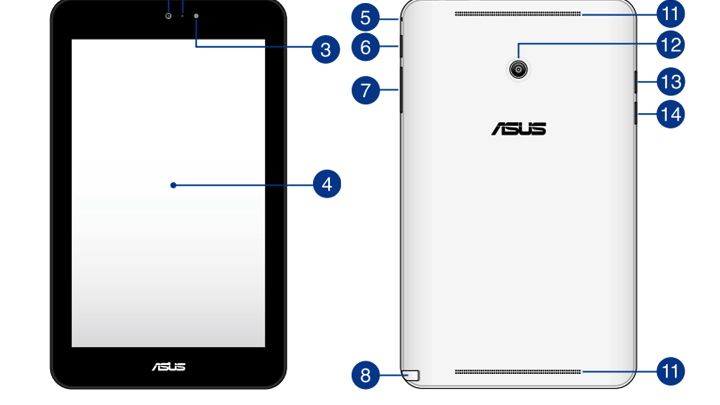Asus VivoTab Note 8 tablet confirmed, detailed thanks to user manual

The tablet is out of the bag over at Asus thanks to the Taiwanese firm's own doing. Thanks, Asus. Makes our job a whole lot easier.
Though it's still awaiting official announcement, a manual published on Asus' website confirms the VivoTab Note 8 is in the offing.
We've heard about the Windows 8.1 tablet before, but this is our first official peep at its design as well as a nod to some of the machine's specs.
Model-numbered M80TA, there's no word on when the VivoTab Note 8 will hit the market or how much it will cost, but chances are we're in for a device around $300 (about £182, AU$336).
Asus VivoTab Note 8 specs
Chief among the new tab's features is a pen slot, meaning this machine will pack a scribbler when it launches. The manual noted that "the bundled stylus pen allows you to input commands on your VivoTab Note 8."
Though it takes a cue from the Dell Venue 8 Pro with a side-fixed Windows button, that device doesn't come carrying a stylus.
With the VivoTab Note 8, we're also in for front and rear cameras (though no megapixel numbers were provided), a microSD slot, and the absence of an HDMI or other video output channel.
Sign up for breaking news, reviews, opinion, top tech deals, and more.
Thanks to an earlier FCC filing, we know the new VivoTab will sport an 8-inch 1280 x 800 IPS display, 2GB of RAM and come in 32GB and 64GB flavors. It should be chipped with an Intel Atom Z3740 quad-core CPU.
Is there a chance we could see the VivoTab Note 8 in the flesh at CES 2014? We'd say most definitely.
Via Laptoping

Michelle was previously a news editor at TechRadar, leading consumer tech news and reviews. Michelle is now a Content Strategist at Facebook. A versatile, highly effective content writer and skilled editor with a keen eye for detail, Michelle is a collaborative problem solver and covered everything from smartwatches and microprocessors to VR and self-driving cars.